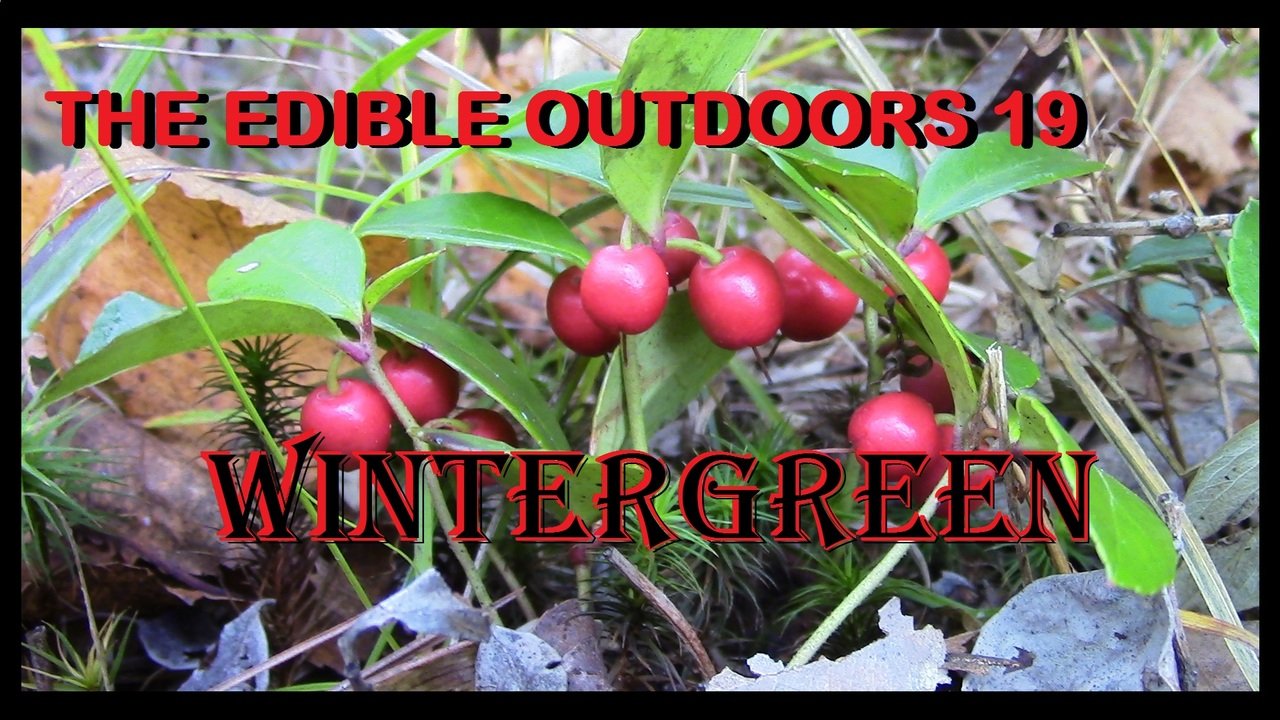
Wintergreen is the first uncommon wild edible that I can recall my father teaching me about. At some point in his youth, he had been shown the plant, and when I was a child he passed that knowledge on to me. If you saw my post yesterday, you'll already know that I recently shared the information with my young son.
As far as interesting wild edibles go, this one is a peculiar plant. Since the Partridgeberry is quite similar and was found along with the Wintergreen on our recent adventure, I'll be including it in this post as an added bonus!

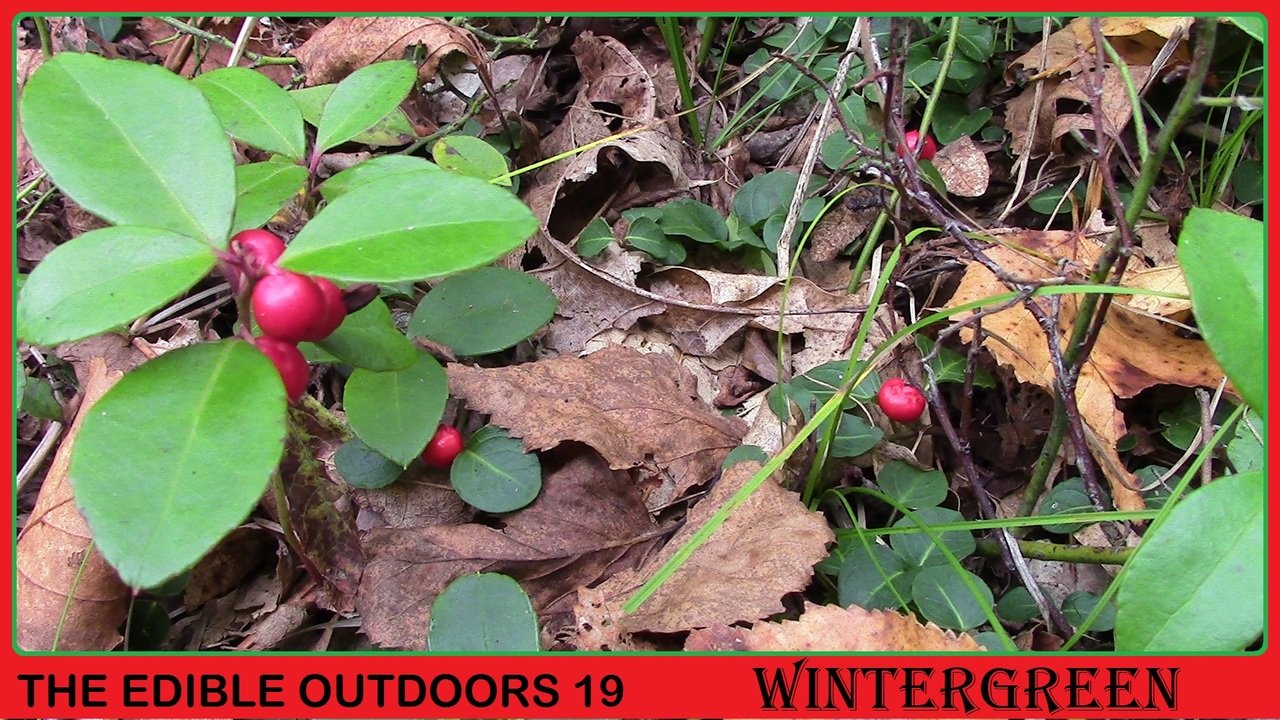
Here are some pictures of both plants growing next to one another. Since both are creeping evergreen plants that produce red berries, they can easily be mistaken for one another. The taller plant is the Wintergreen and the shorter one is the Partridgeberry.

Here is a closeup of the Partridgeberry leaf and berry.

This is a closeup of the Wintergreen leaf and berry.


In these photos, the Wintergreen is on the left, and the Partridgeberry is on the right. The big differences to note in identification are the height and the taste.
The Wintergreen will grow a few inches off of the surface, while the Partridgeberry sticks closer to the ground. Also, the Partridgeberry is quite bland and flavorless, while the Wintergreen berry is strong and minty, tasting a lot like "Winterfresh" gum.
WINTERGREEN

Wintergreen is an aromatic evergreen shrub. I believe the species pictured is Gaultheria procumbens. Its berries are the original source for the "wintergreen" flavor offered in mints, chewing tobacco, and gum. In the woods, they can make a refreshing snack that leaves your breath fresh.
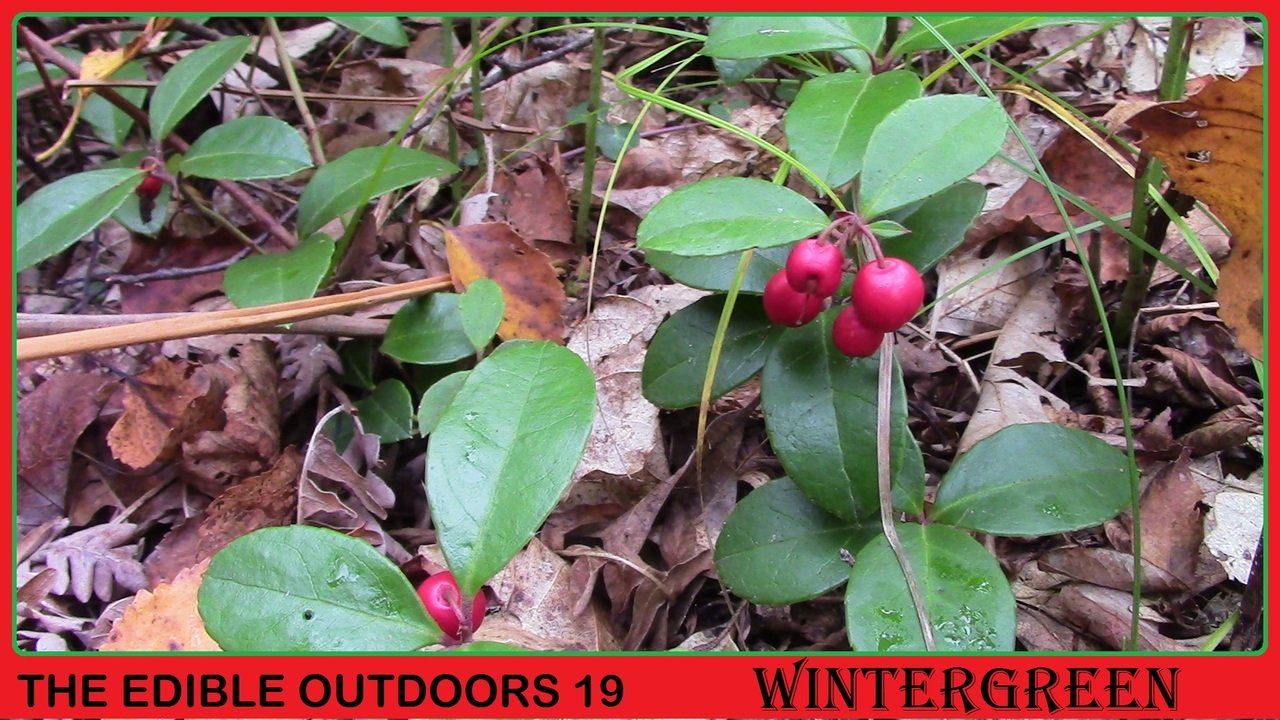
The berries have been used medicinally since at least the times of the Native Americans. The leaves can be made into a pleasant tea, and Wintergreen oil can be many times stronger than aspirin. Wintergreen has been used to treat such ailments as:
- Headaches
- Sore throats
- Bladder problems
- Help with lactation
- Stress reduction
- Arthritis
- Body aches
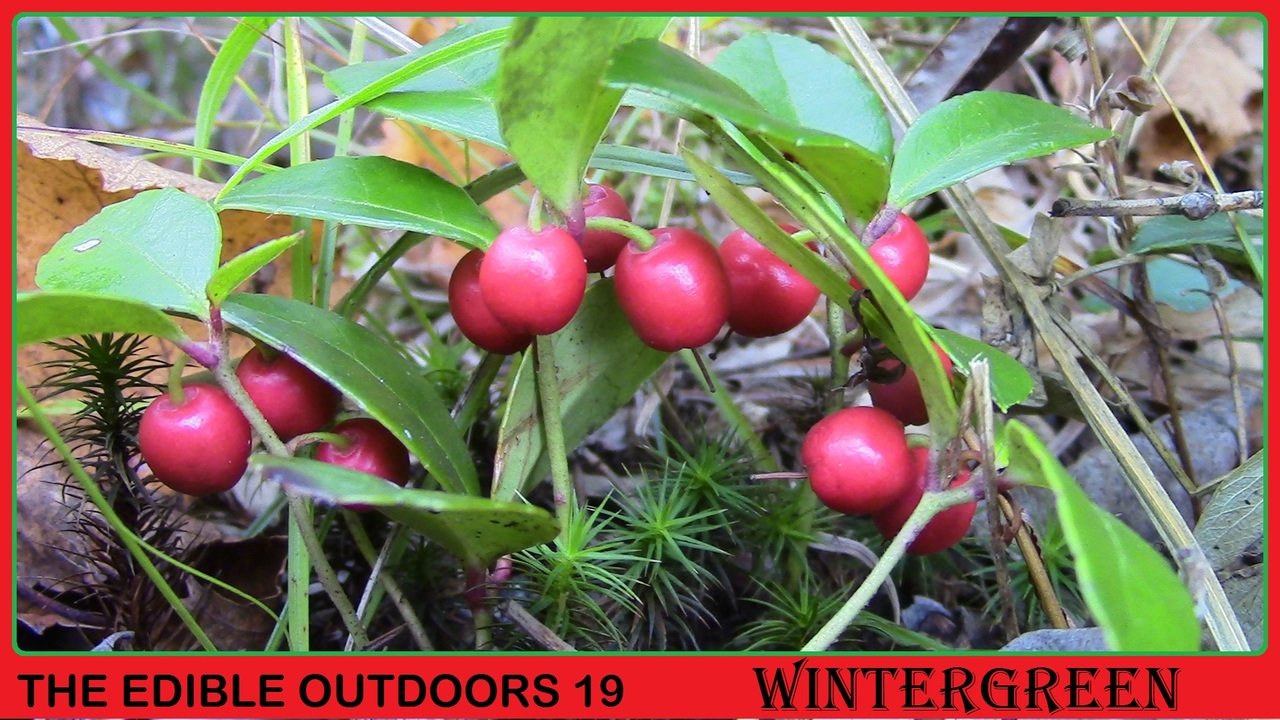
Both the leaves and the berries are edible, and due to the evergreen characteristics, they can be found year round, even under the snow.
I was unable to locate any information on the Nutritional Value of Wintergreen berries.
PARTRIDGEBERRY
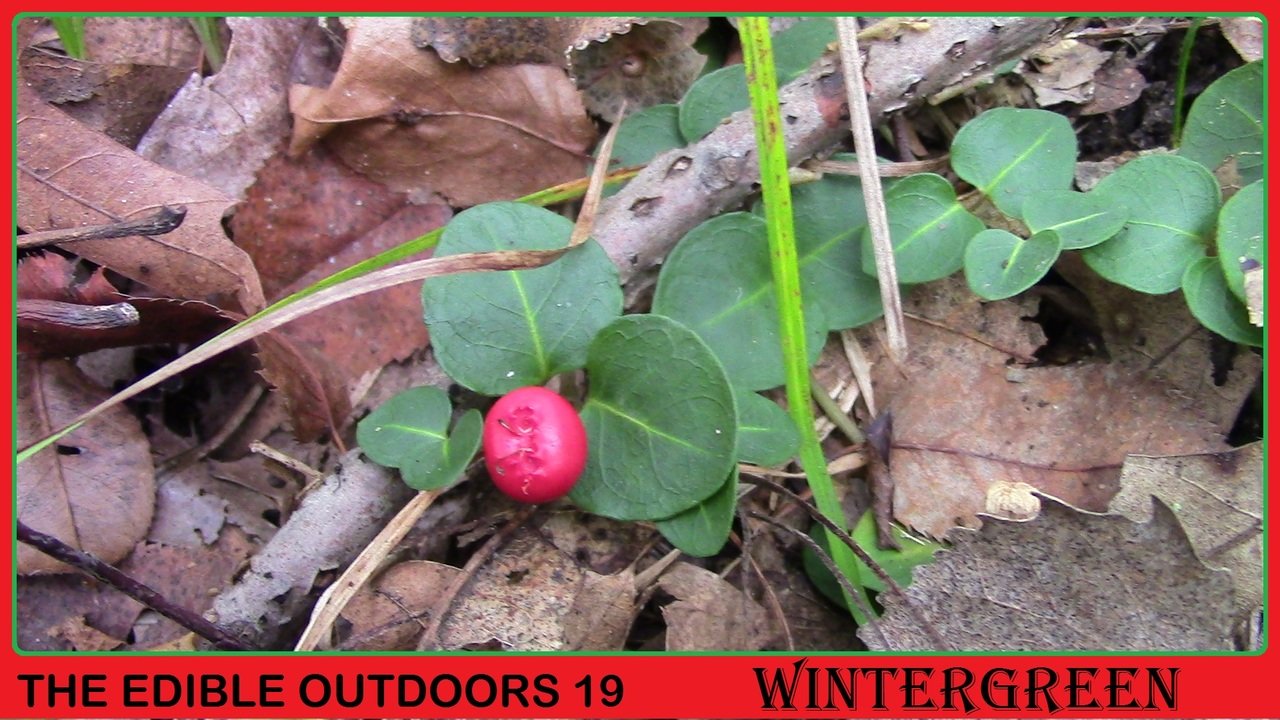
The Partridgeberry is also known as the "squaw vine" and the Latin name is Mitchella repens. It is a non-climbing evergreen vine.
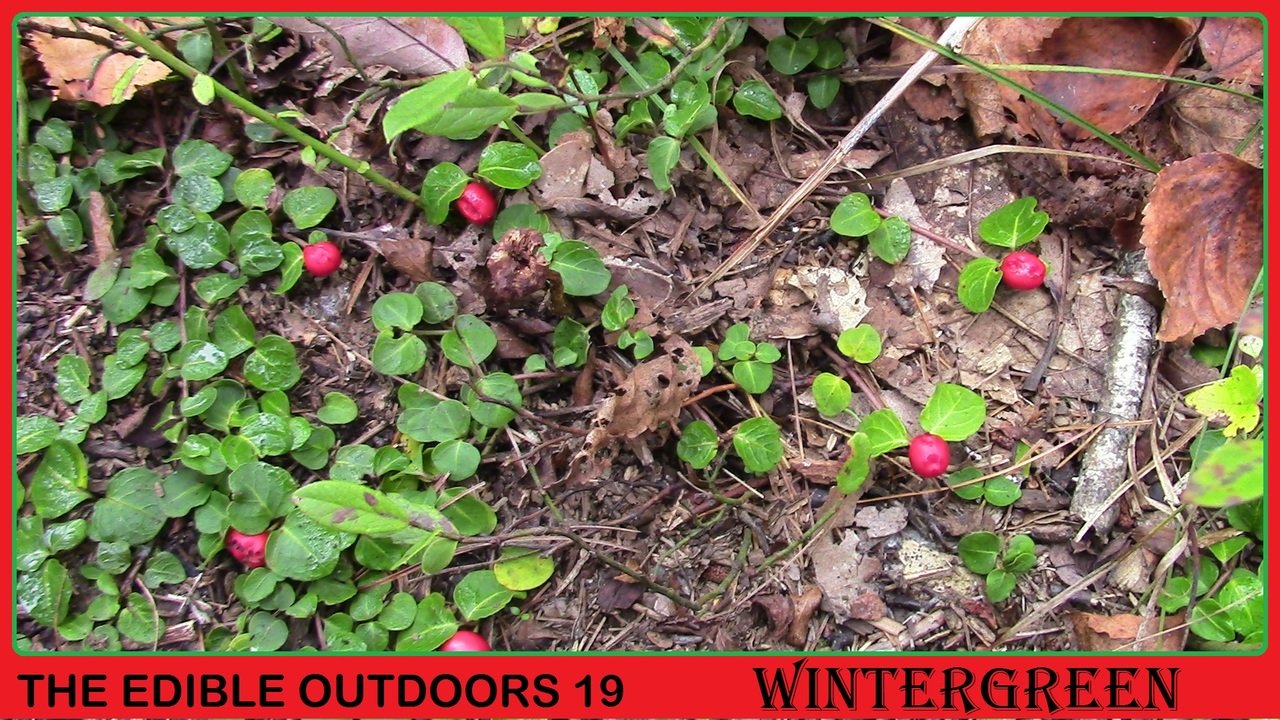
This plant is often used more as an ornamental. Often, it is included in Christmas decorations. Despite the ornamental uses, it is still an edible, but the mostly flavorless berry lacks the appeal that many foods have.
Because of its leaves always being green and the beautiful bright red berries, it is a popular ground-cover in landscaping for shady locations. In the wild, it can often be found on the forest floor or near rivers and streams. We found it on the forest floor near a stream, so I can vouch for that claim.
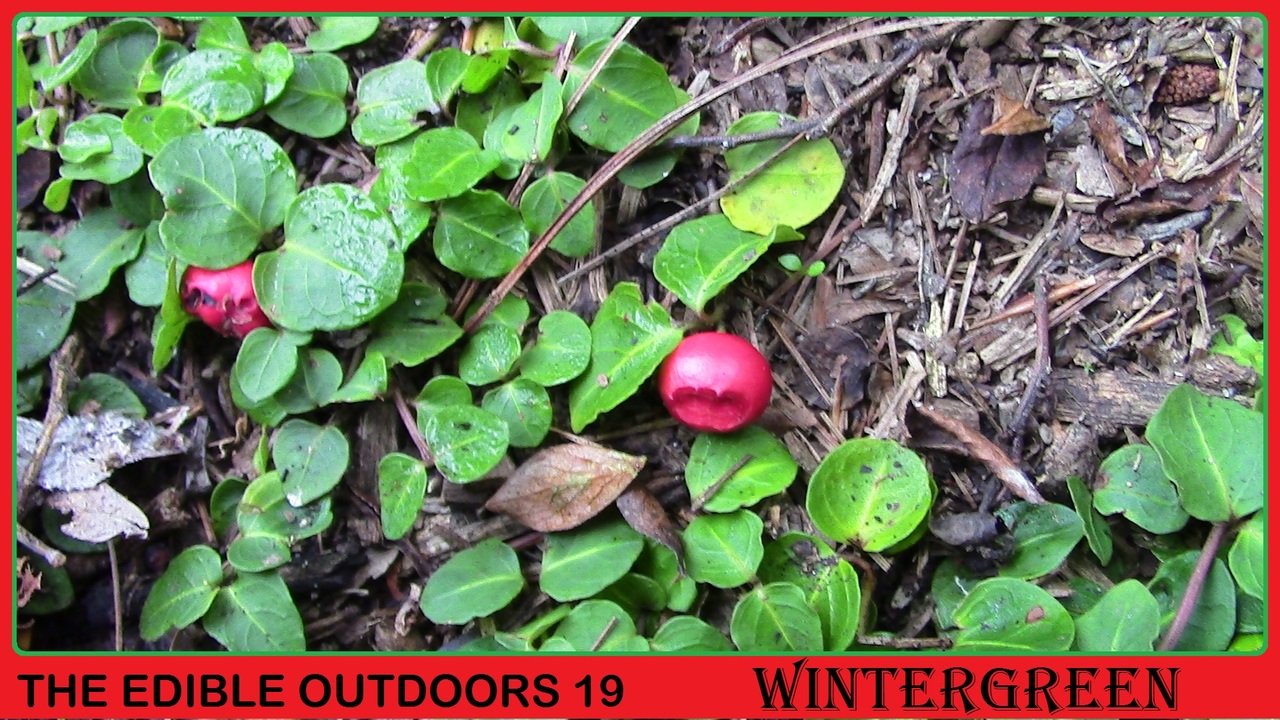
Though the berries are full of tiny, hard white seeds found inside the fleshy white center beneath the red skin, it is easiest to propagate from cuttings or from plants lifted with the roots still attached. The Native Americans also made this plant into a tea, and used it during childbirth.
Partridgeberry Nutrition Facts (1 cup)
*Calories : 55
*Total Carbs : 13 g
*Dietary Fiber : 5 g
*Protein : 2 g
Obviously, the Partridgeberry is not a nutrient packed superfood, but it will at least get you a few calories.
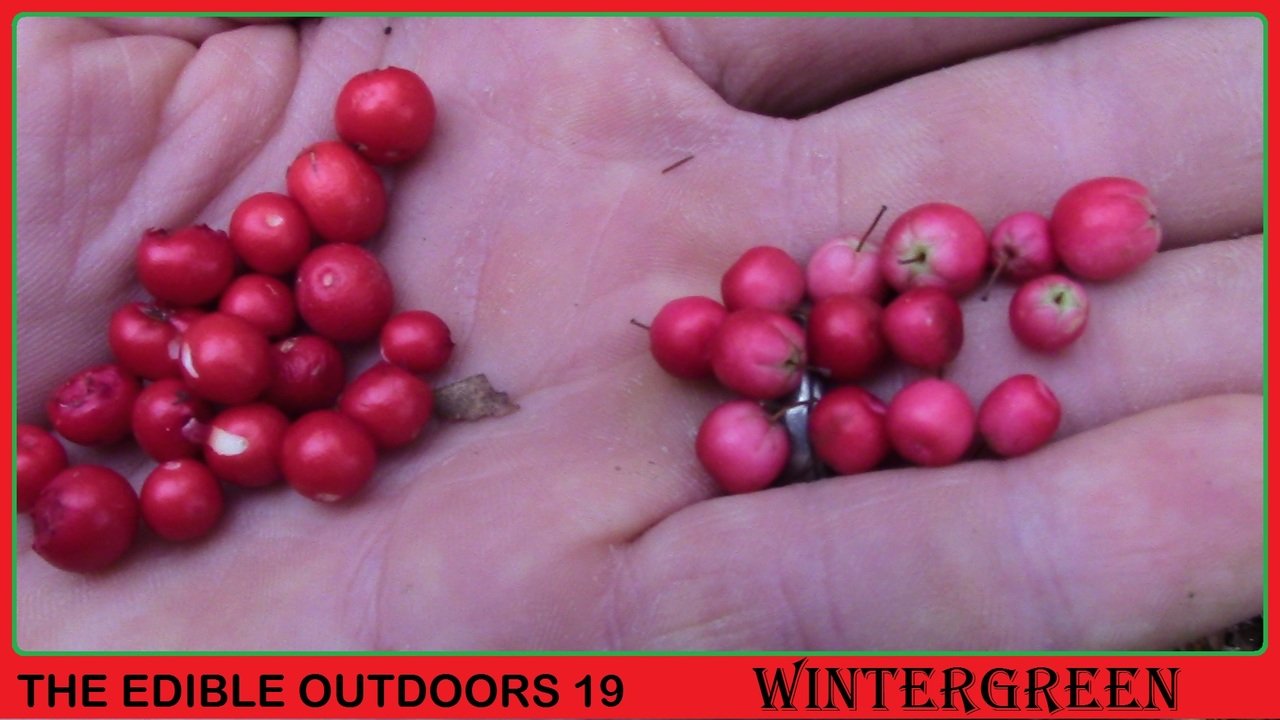
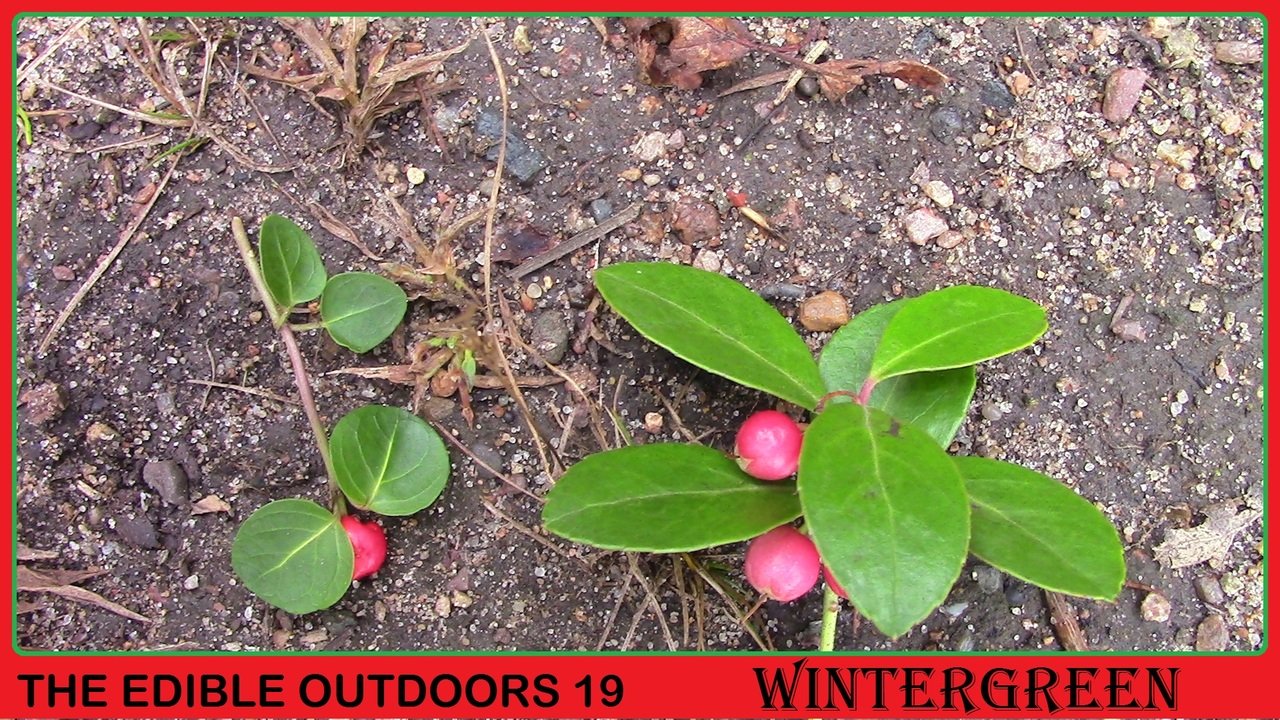

Partridgeberry on the left and Wintergreen on the right.
Here are some beautiful pictures of the berries mixed together.



We found this cute Blue Spotted Salamander under a log next to these plants when my boy and I were out exploring.
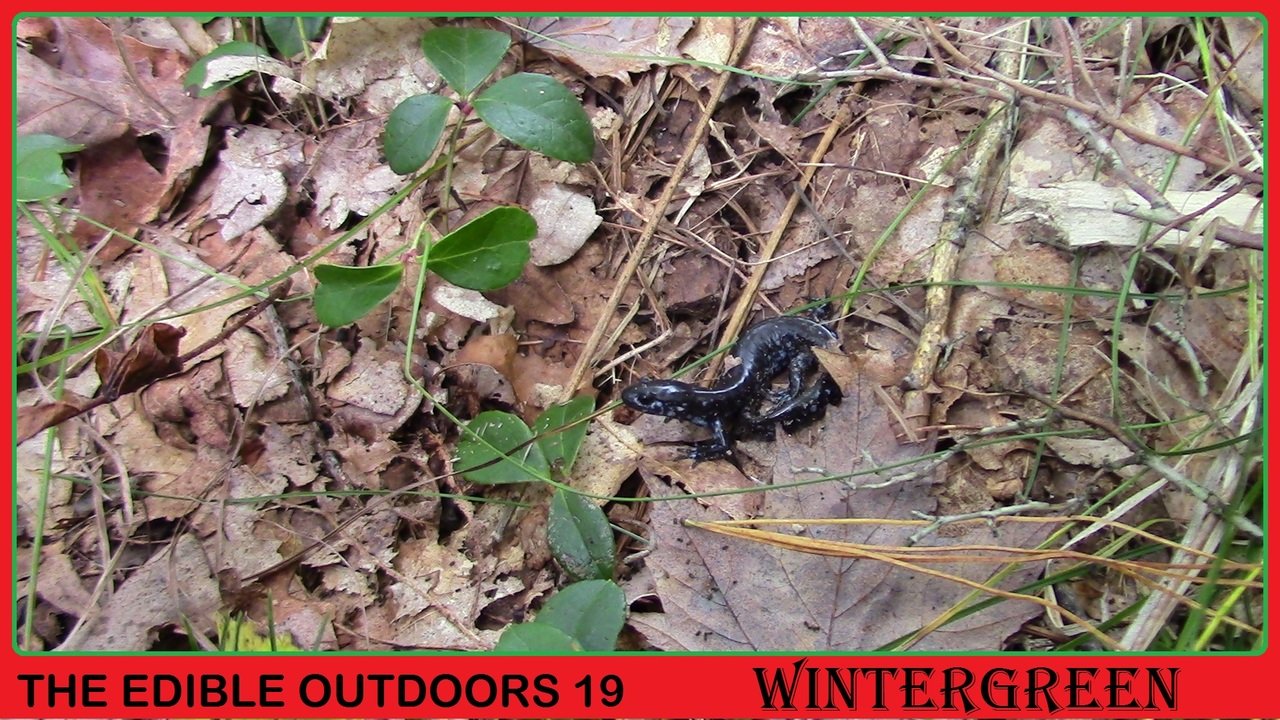
CLOSING
Either of these plants can serve as a potential food source in a survival situation and finding and identifying them can be a great hobby or family activity. As always, it is best to contact a local expert in wild edibles to learn about the various plants in the wilds of your area.
I am in no way proving any nutritional or medical advice, but am rather just sharing my experience with some wild plants we've seen up in Wisconsin.
As a final reminder on the differences:
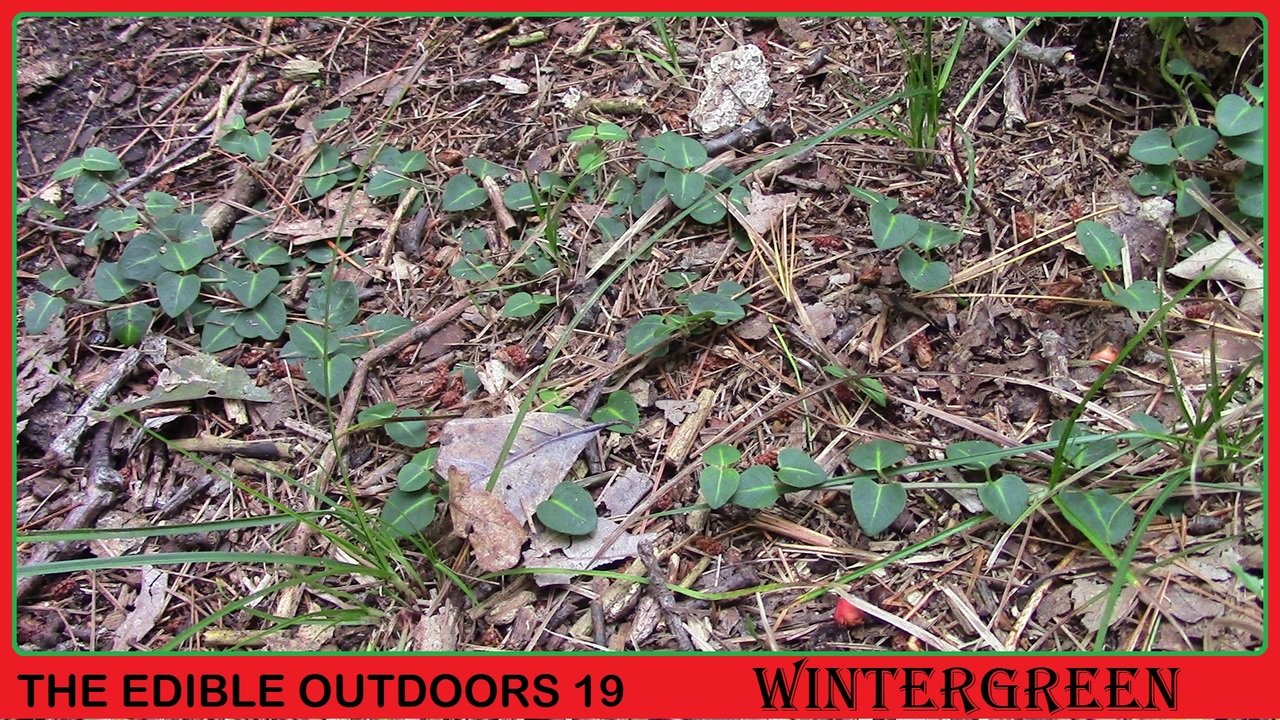
The low-growing evergreen vine with mostly flavorless berries is called the Partridgeberry.
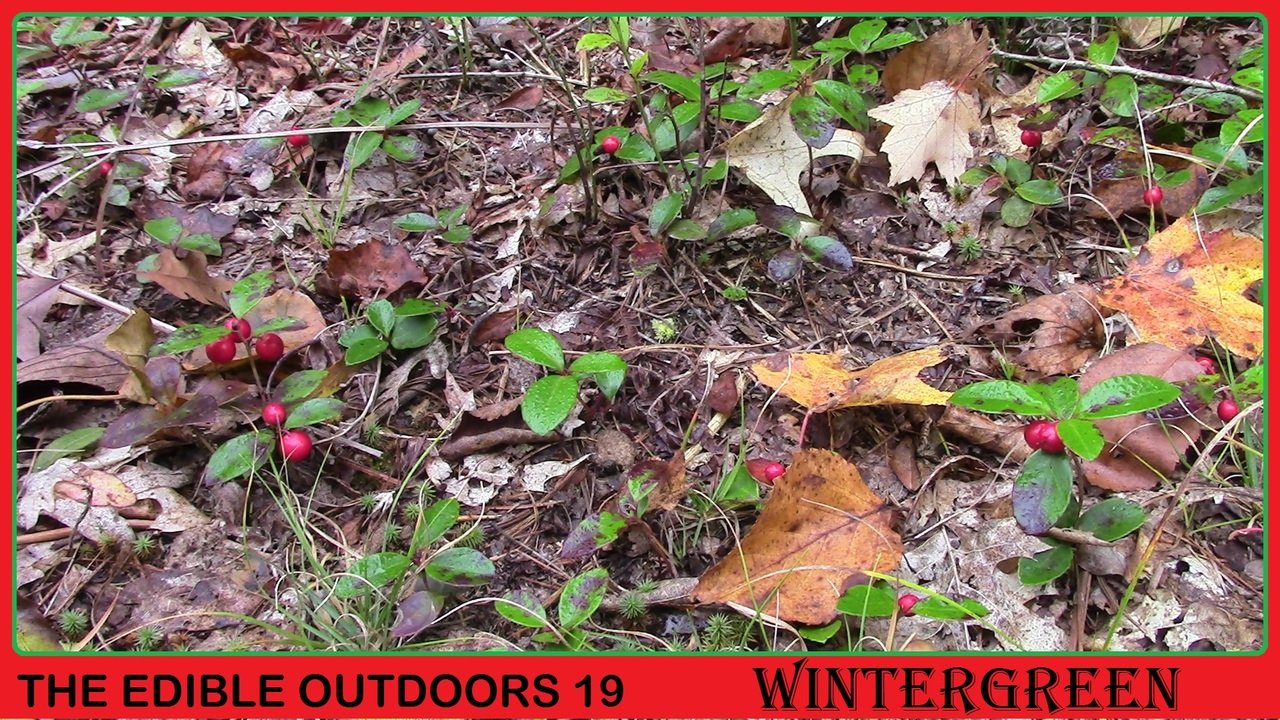
The slightly higher evergreen shrub with fresh, minty-tasting berries is called the Wintergreen plant.
As always, I'm @papa-pepper, and here's the proof:
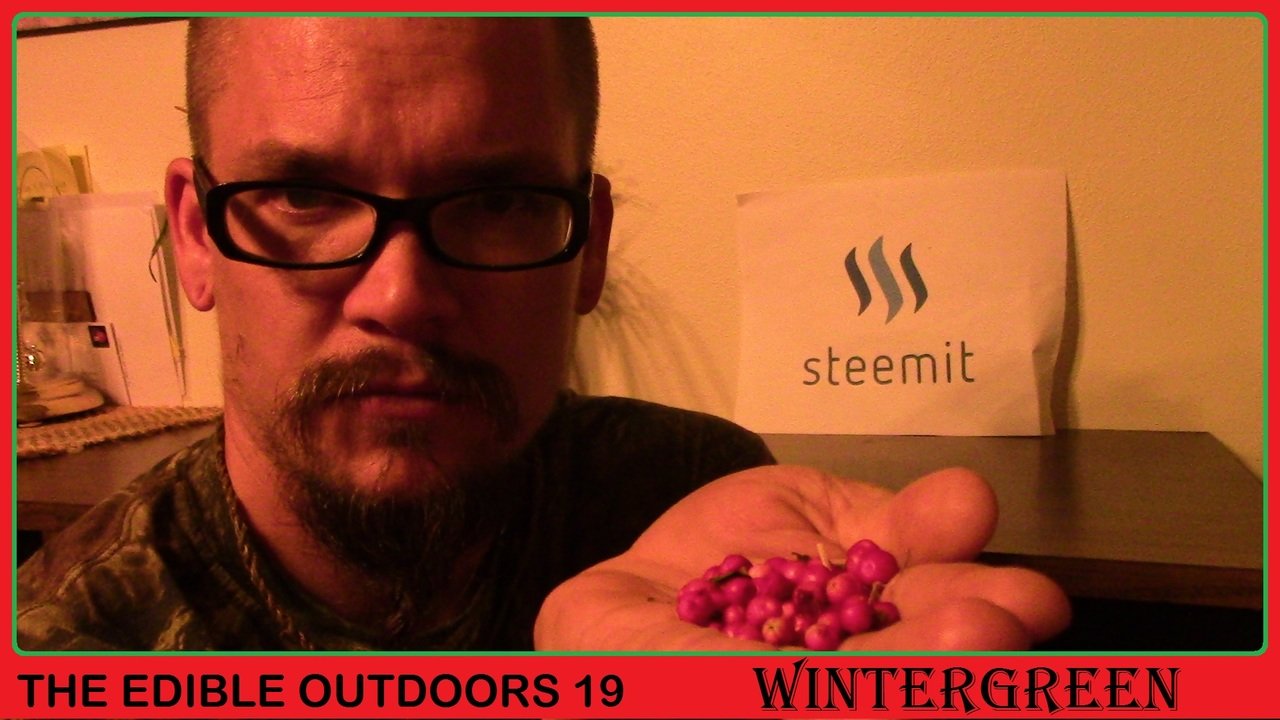
proof-of-edible-berries
(Anyone notice that necklace I made in this post?)
Here's previous THE EDIBLE OUTDOORS posts:
- 1-Common Yellow Wood Sorrel
- 2-Lamb’s Quarters
- 3-American Gooseberry
- 4-Stinging Nettle
- 5-Sassafras
- 6-Creeping Charlie
- 7-Dandelion
- 8-Plantain
- 9-Mint
- 10-Garlic
- 11-Purslane
- 12-Elderberry
- 13-Prickly Pear Cacti
- 14-Wild Lettuce
- 15-Passionfruit
- 16-Alfalfa
- 17-Chicory
- 18-American Beautyberry
FOLLOW

Awesome Handcrafted @papa-pepper logo kindly donated by @vlad - Thank you!!

OPERATION TRANSLATION logo provided by @oecp85.
(click link above for more info on Operation Translation.)
